Abstract
South Korea’s vegetable production has shown consistent trends, with cabbage maintaining its position as the top-produced vegetable due to its cultural significance and use in kimchi production. In 2022, cabbage production reached 2.43 Mt, reflecting stable demand and extensive cultivation practices. Over the years, leafy vegetables like spinach and lettuce have also shown steady growth due to rising health consciousness, while tomatoes are increasingly cultivated for diverse uses, including fresh consumption and processing. Land use efficiency has improved with advancements in greenhouse farming, allowing for higher yields per hectare, particularly for tomatoes and high-demand crops.
Production (by vegetables)
Cabbage has historically dominated South Korea’s vegetable production, peaking at 4.03 Mt in 1978, driven by high domestic demand for kimchi and other traditional dishes. However, by 2022, production has declined to 60.3% of its peak, reflecting a shift in dietary habits, reduced agricultural land availability, and evolving market dynamics. Other vegetables, such as leafy greens and peppers, have gained prominence, supported by greenhouse technology and changing consumer preferences for variety and health-conscious choices. Despite the decline, cabbage remains integral to Korean cuisine, underscoring its cultural and economic importance amid ongoing diversification of the vegetable sector.
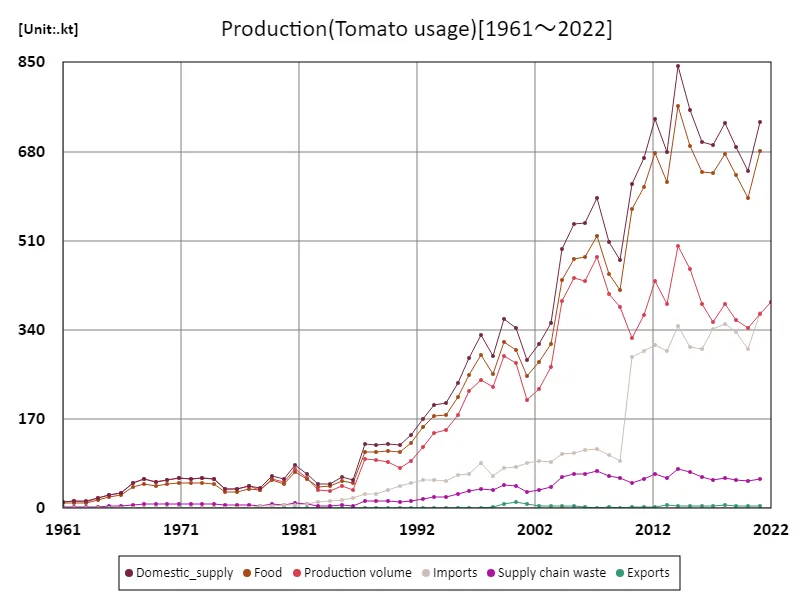

The maximum is 842kt[2014] of Domestic_supply, and the current value is about 87.5%
Yield(by vegetable)
Cabbage has consistently been a cornerstone of South Korea’s vegetable production, achieving its highest yield of 77.5 t/ha in 1978. As of 2022, yields stand at 84.9% of this peak, reflecting advancements in agricultural practices, including improved seed varieties and fertilization methods. However, factors like climate variability and reduced cultivation areas have tempered growth. While cabbage remains dominant, other vegetables, such as peppers and tomatoes, have also gained traction, supported by greenhouse farming and evolving consumer preferences. The sustained productivity of cabbage highlights its enduring role in Korean agriculture and cuisine, even amidst changing agricultural dynamics.
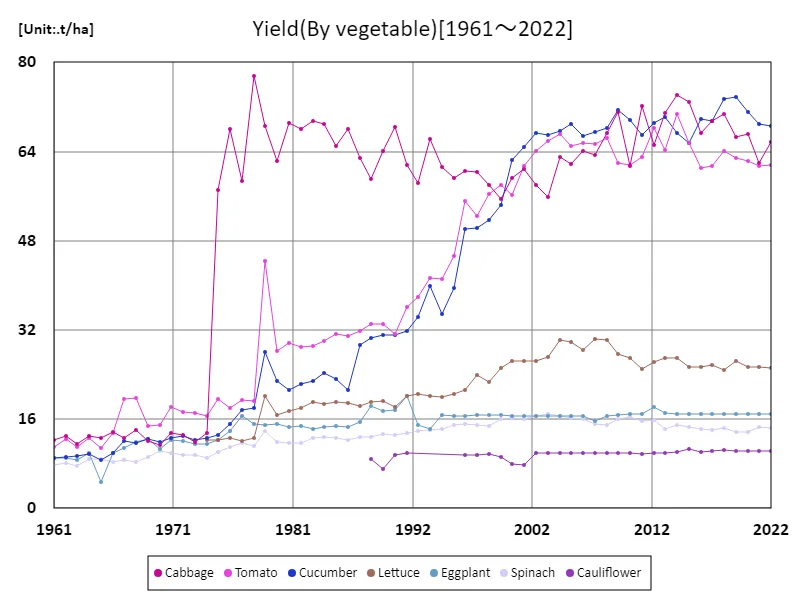

The maximum is 77.5t/ha[1978] of Cabbage, and the current value is about 84.9%
Land use (by vegetables)
Cabbage dominates land use in South Korea’s vegetable production, occupying 36.9 kha in 2022—significantly above the average of 7.93 kha per vegetable. This reflects cabbage’s importance in Korean cuisine, particularly for kimchi, driving its large-scale cultivation. Despite its prominence, total vegetable cultivation areas, totaling 55.5 kha, have seen diversification, with land allocated to other crops like peppers and leafy greens increasing to meet changing dietary preferences. Advances in greenhouse farming and crop rotation strategies have enabled more efficient land use, balancing the dominance of cabbage with the rising importance of other vegetables in production systems.
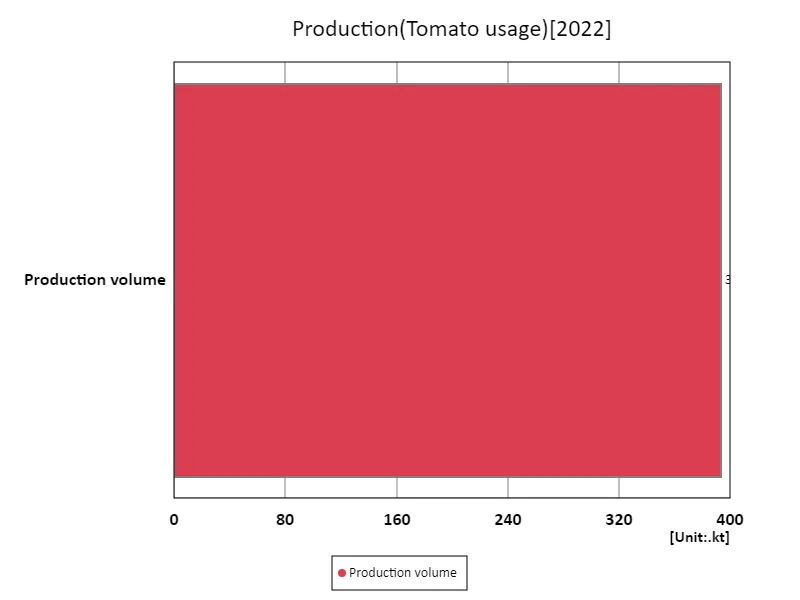

The maximum is 393kt of Production volume, the average is 393kt, and the total is 393kt
Tomato usage
Tomatoes have become a vital part of South Korea’s vegetable production, reaching a record 842 kt in 2022, supplied entirely by domestic cultivation. This milestone highlights the growing demand for tomatoes, driven by their versatility for fresh consumption and processed products like sauces and juices. Over the decades, advancements in greenhouse farming and controlled environments have boosted yields and ensured year-round supply. The steady increase in tomato production reflects changing consumer preferences for healthier diets and convenience foods, cementing its role as a key crop in Korea’s evolving agricultural landscape.
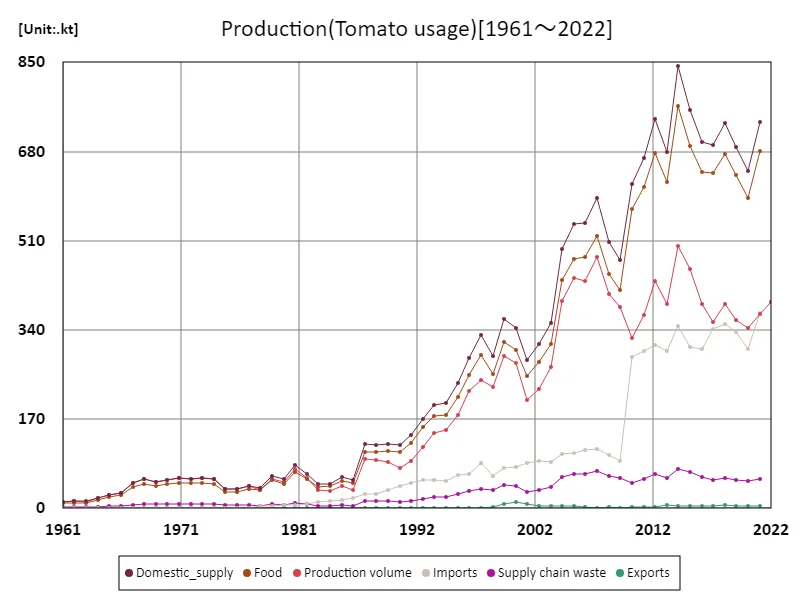

The maximum is 842kt[2014] of Domestic_supply, and the current value is about 87.5%
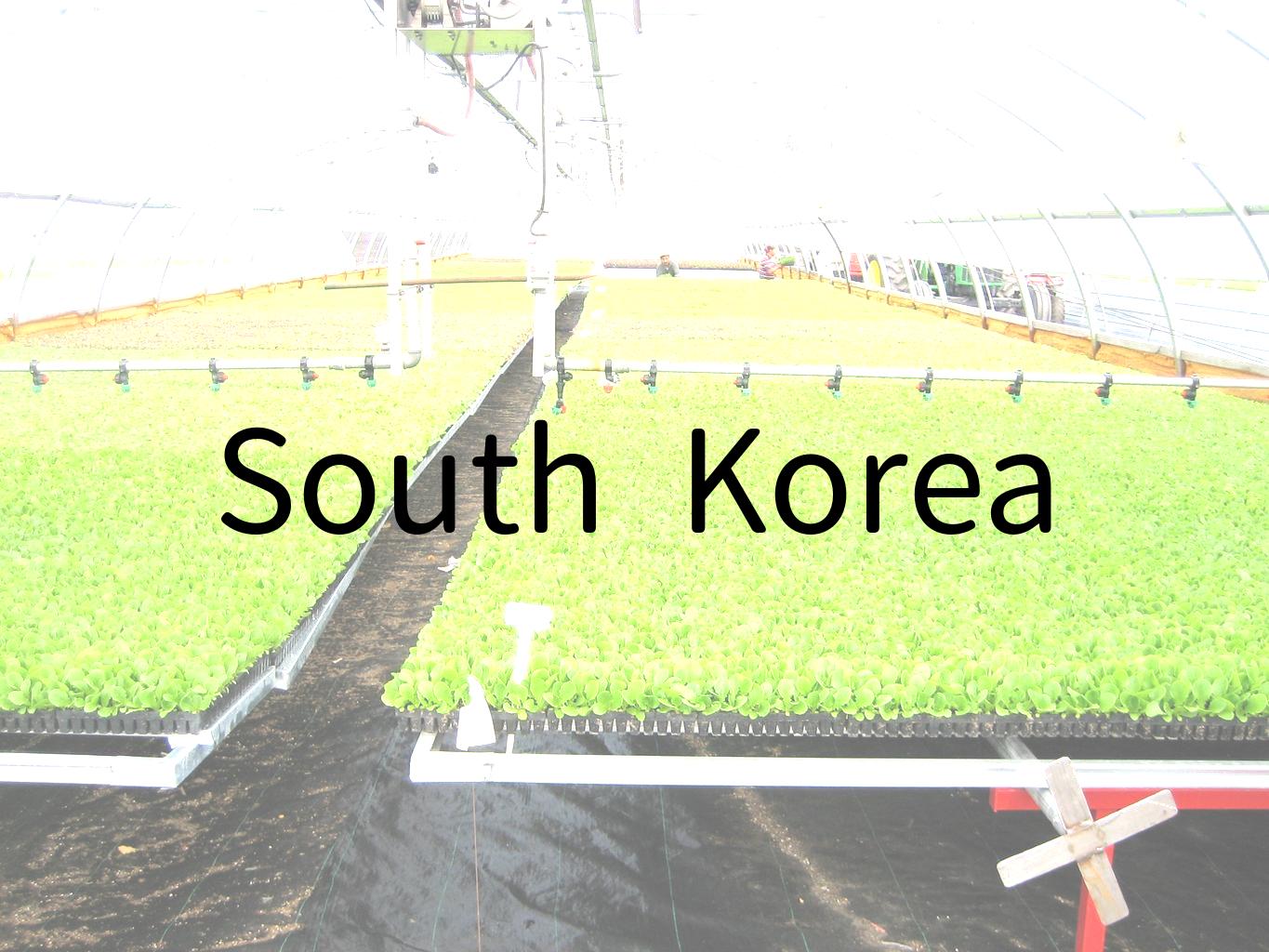


Comments